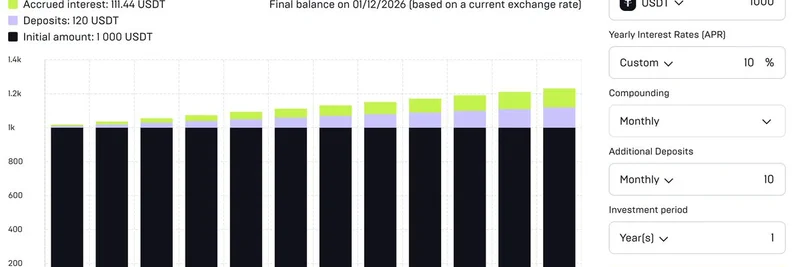Have you ever felt frustrated with your cell service provider's slow rollout of coverage or sky-high prices? Well, Helium is flipping the script on traditional telecom giants with its decentralized wireless network, and a recent podcast clip is buzzing about why it's so scalable. In a tweet from the official Helium account, they shared a snippet from the Lightspeed podcast by Blockworks, featuring Amira Valliani from the Solana Foundation chatting with host Knave. The discussion dives into how Helium's model is leaving corporate monopolies in the dust.
For those new to the term, DePIN stands for Decentralized Physical Infrastructure Network. It's basically blockchain-powered infrastructure where everyday people can contribute hardware—like wireless hotspots—and earn tokens in return. Helium, powered by its HNT token, is a prime example. Users set up hotspots to provide wireless coverage, creating a community-driven network that's expansive and cost-effective.
In the clip, Knave summarizes the public perception of Helium on Solana: it's seen as this niche thing, but in reality, it's massive—like covering large parts of New York City. Amira chimes in, comparing it to advanced offerings from telecoms like Telefonica in Mexico. She highlights how Helium allows quick deployment of coverage without the bureaucratic hurdles of big corps. You can put out devices that map and provide service almost instantly, leading to rapid growth.
One standout point? Helium Mobile is adding around 1,000 new users every single day—and they're not losing them. That's incredible retention in an industry plagued by churn. This user growth stems from the decentralized approach: anyone can join the network by hosting a hotspot, earning HNT rewards while expanding coverage. It's a win-win that traditional telecoms, bogged down by centralized decision-making and high infrastructure costs, just can't match.
Helium's migration to Solana back in 2023 was a game-changer for scalability. Solana's high-speed, low-cost blockchain handles the massive transaction volume from hotspot data proofs and rewards without breaking a sweat. This integration allows Helium to scale globally, from urban hubs like NYC to emerging markets like Mexico, where partnerships with established players like Telefonica are boosting adoption.
If you're into blockchain and wondering about the meme angle—well, HNT isn't your typical dog-themed meme token, but its community-driven growth has that viral, grassroots energy that meme coins thrive on. Projects like Helium show how utility-backed tokens can capture the same excitement, potentially inspiring the next wave of meme-infused DePIN plays.
Want to hear the full scoop? Check out the complete episode on YouTube here. And for the original tweet that sparked this, head over to Helium's post on X.
As blockchain practitioners, keeping an eye on DePIN leaders like Helium can give you insights into scalable tech that's not just hype but real-world disruption. Whether you're mining HNT or just curious about decentralized tech, this podcast clip is a must-watch for understanding the future of connectivity.

